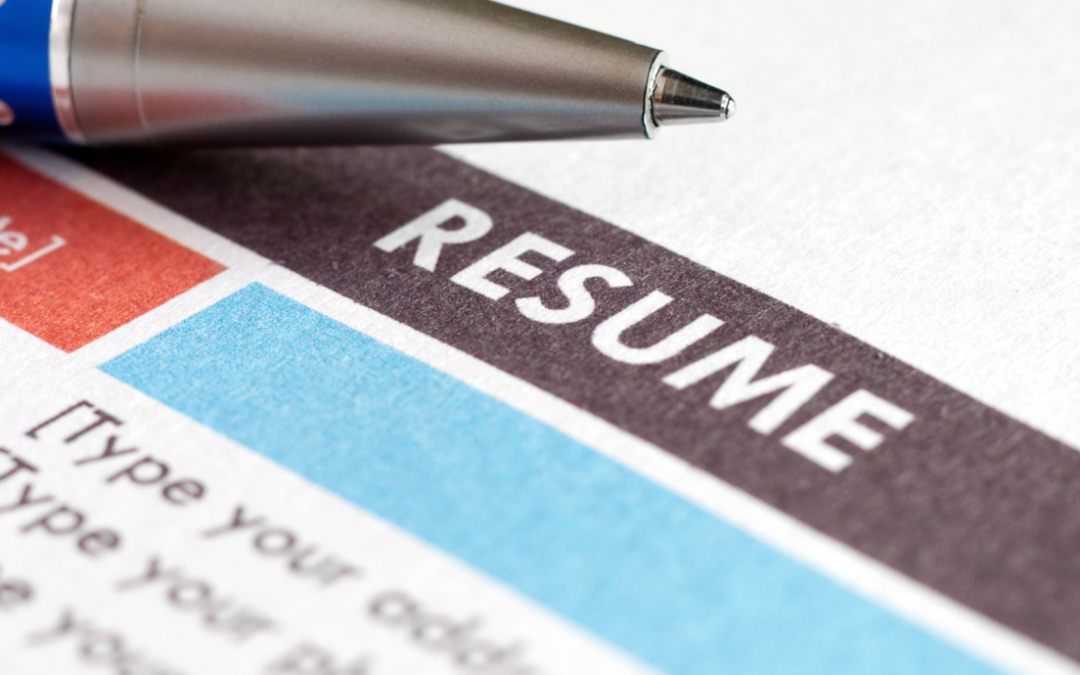Job searching is a race against the clock when you’re competing with hundreds of other candidates for your dream role. Recruiters make their decisions quickly, so you want to make sure you’re making the most out of the space provided.
Pick a format
Before typing, it’s a good idea to decide on a format for your resume. There are three common resume formats: chronological, functional, and combination.
Chronological: Lists your work history in reverse-chronological order, starting with your current or most recent job and working its way back. This is the most commonly used resume from the bunch. A chronological resume is the best option for those whose employment history shows a consistent career path.
Functional: This is a skills-based resume. It focuses on the skills and strengths that are important to employers but may not include specific dates, names, and places. If you have one long gap or multiple employment gaps in your resume, or you’re changing industries, consider this option.
Combination: A blend of the chronological and functional resume types. This resume format allows you to emphasize both your work experience, but is focused more on the relevant skills that come with each position rather than the position title. We generally recommend going with the reverse-chronological format, so the reader can easily correlate your skills with the job you’re applying for. The other two options are useful for those with spotty employment histories.
Find a template
There are many template options to choose from so you’re not starting your resume from scratch. You can use Google Docs or Word for this. If you’re feeling particularly creative, you can branch into Canva or InDesign. Just keep in mind that if you use Canva or InDesign, elements like text boxes, tables, headers and footers, images, and columns can trip up an ATS scanning your resume.
Get your basic information down
Don’t put your information on a side header or the bottom. Always list it at the top. To keep things simple:
- Use a header for your name at the top
- Include your phone number and a personal (but professional) email address
- Location— you don’t need to include a full address, but it’s good to put the city. Put “open to relocation” if that’s in the cards
- Your LinkedIn URL
Be intentional with the content
If you are in your twenties, keep your resume down to one page. There’s typically not enough experience to justify two pages, and certain experiences (like internships) do not need to be included after a couple of years in the field. If you have at least 10 years of experience, feel free to add an additional page. Even so, consolidate as much as you can and stick to the most important accomplishments within each role. This is difficult for those with lots of ample experience and a myriad of accolades— but it’s necessary because the likelihood of someone reading it in its entirety is slim. Anything you’ve accomplished that isn’t work experience—a side business, volunteer work, or unique projects—can be listed as something like “Volunteer Experience.” Include your education experience near the bottom, but make sure it isn’t taking up the majority of space.
Remember: Keep it simple
When in doubt, keep things simple. Obviously, there are a few exceptions to this rule, especially for those in more creative fields like marketing. If you’re not sure if you fall in that category, it’s safe to keep the design minimalistic. Avoid logos, excessive color, graphics and images. Things tend to get clunky when the software is trying to pull out keywords. You could be missing out on some quality interviews because of it. Remember that white space is your friend. As impressive as your employment history is, the multiple columns and long sentences aren’t going to fare well in the long haul. Stick to the highlights. Irrelevant jobs and accomplishments can give off the impression that you’re padding a weak resume. Most people aren’t ready to read your autobiography.
Don’t Listen to common resume myths
There is a lot of outdated information circulating the web that can make resume-writing a tedious process. Here are some myths that you shouldn’t apply today:
- You need to hide all your employment gaps
- Your resume needs to work for all jobs
- Only include paid experience
- You need as many keywords as possible
